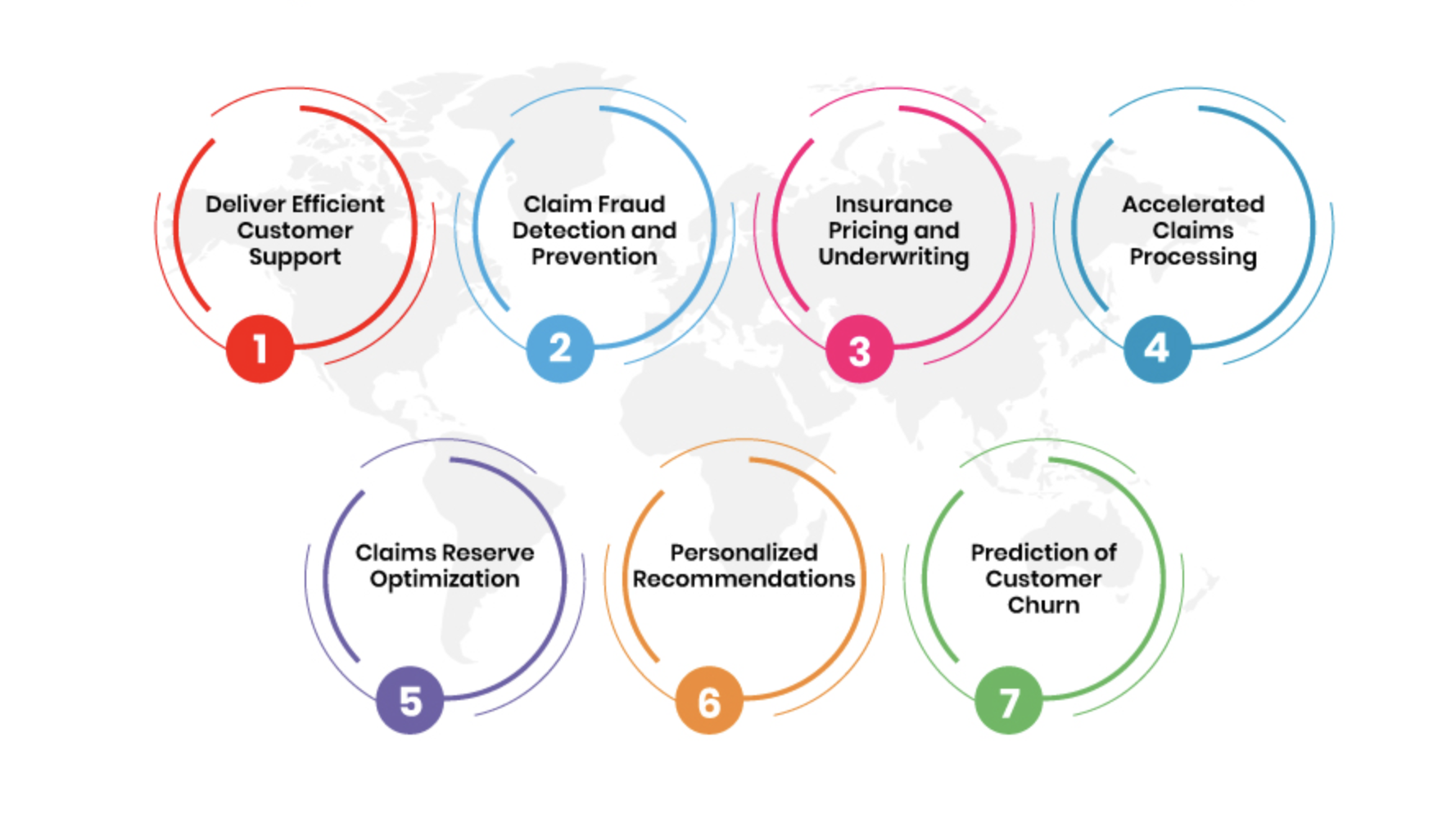Comments
- No comments found

From fraud detection to simplified underwriting, machine learning is improving life insurance.
It is a critical component of any financial plan. Life insurance offers financial protection to individuals and their loved ones in case of unforeseen events like illness, disability, or death.
In the past, the life insurance industry has relied on traditional underwriting methods to determine premiums and policy terms.
With the advent of machine learning, the life insurance industry is experiencing a significant digital shift in the way policies are priced, marketed, and underwritten.

One of the most significant advantages of using machine learning in life insurance is its ability to improve pricing and underwriting accuracy. Insurers traditionally relied on static underwriting factors, such as age, gender, and medical history, to assess risk and determine premiums. It's important to state that this approach is often limited in its scope and fails to capture the complex relationships between risk factors.
Machine learning algorithms can analyze large datasets and identify patterns and relationships that were previously unknown. By incorporating non-traditional data sources, such as social media activity or wearable device data, insurers can create a more comprehensive risk profile for policyholders. This approach can lead to more accurate risk assessments and pricing models, reducing errors and improving policyholder satisfaction.
Another area where machine learning is transforming the life insurance industry is in the creation of personalized policies. Personalized policies are tailored to individual policyholders based on their unique characteristics and risk profiles. Traditional underwriting methods often rely on broad categories, such as age or gender, to determine policy terms. However, this approach fails to capture the individual nuances of each policyholder's risk profile.
Machine learning techniques can analyze vast amounts of data to create personalized policies that better reflect a policyholder's individual risk profile. These policies can be tailored to the specific needs and goals of each policyholder, leading to increased customer satisfaction and loyalty.
Another significant area where machine learning is transforming the life insurance industry is in claims processing. Traditional claims processing is often time-consuming and involves significant manual labor. Insurers must review documents, communicate with policyholders and medical professionals, and make complex calculations to determine payouts.
Machine learning techniques can automate many of these processes, leading to faster and more accurate claims processing. By analyzing data from various sources, such as medical records or police reports, machine learning algorithms can assess the validity of claims and calculate payouts accurately.
Insurance fraud is a significant issue for the life insurance industry. Fraudulent claims can lead to significant financial losses for insurers, which can ultimately impact policyholders. Traditional methods of fraud detection often rely on manual review processes or simple rules-based systems, which can miss more complex cases of fraud.
Machine learning algorithms can analyze large amounts of data to identify patterns and anomalies that may indicate fraudulent behavior. By using advanced techniques such as anomaly detection or clustering, insurers can more accurately detect and prevent fraud, reducing losses and improving policyholder satisfaction.
Machine learning is revolutionizing the life insurance industry in many ways. By improving pricing and underwriting accuracy, creating personalized policies, streamlining claims processing, and detecting fraud, insurers can better meet the needs of policyholders and improve the overall customer experience. There are still challenges to overcome, such as data privacy concerns and the need for continued innovation and adoption. As the life insurance industry continues to evolve, it is clear that machine learning will play a critical role in shaping its future.
Leave your comments
Post comment as a guest